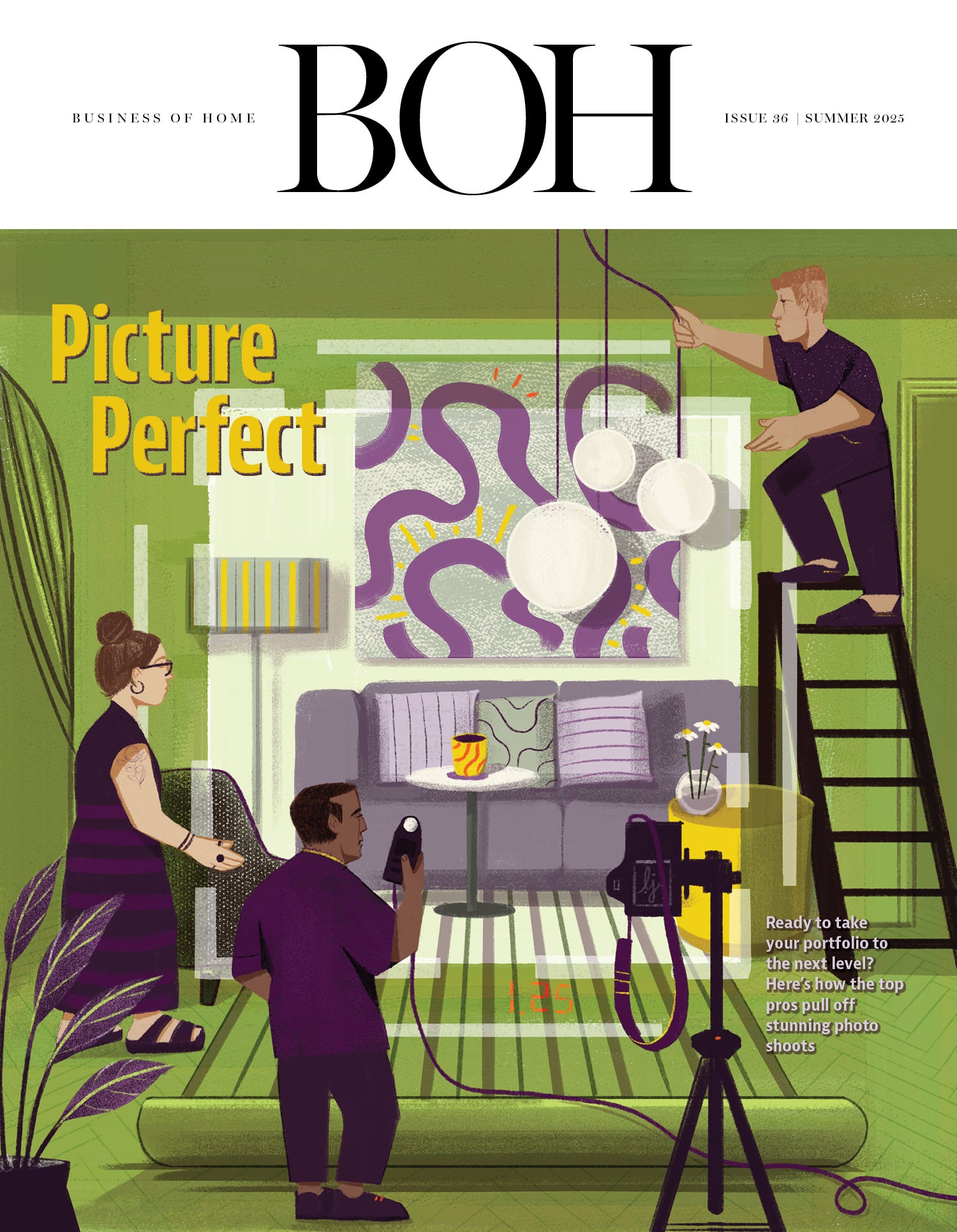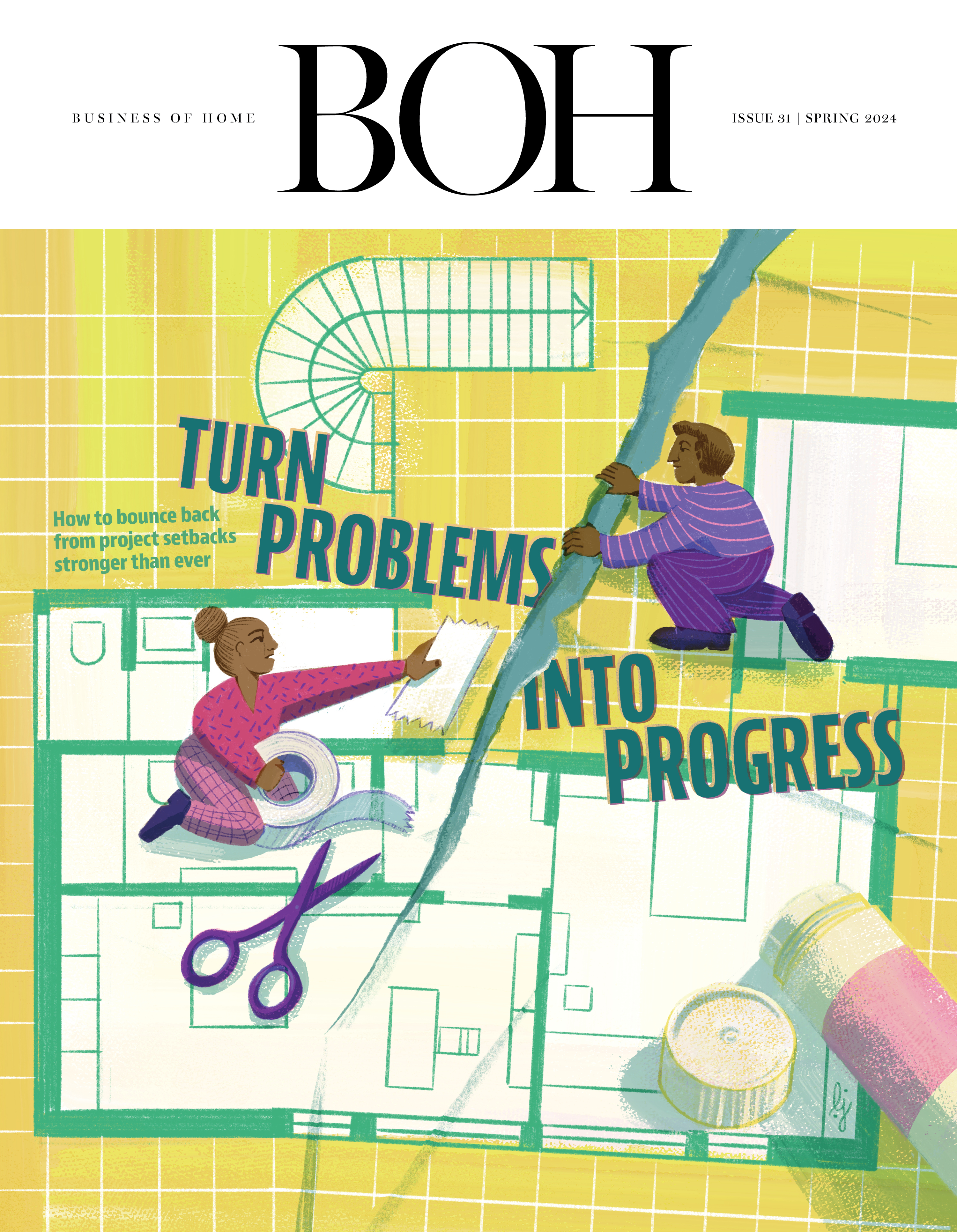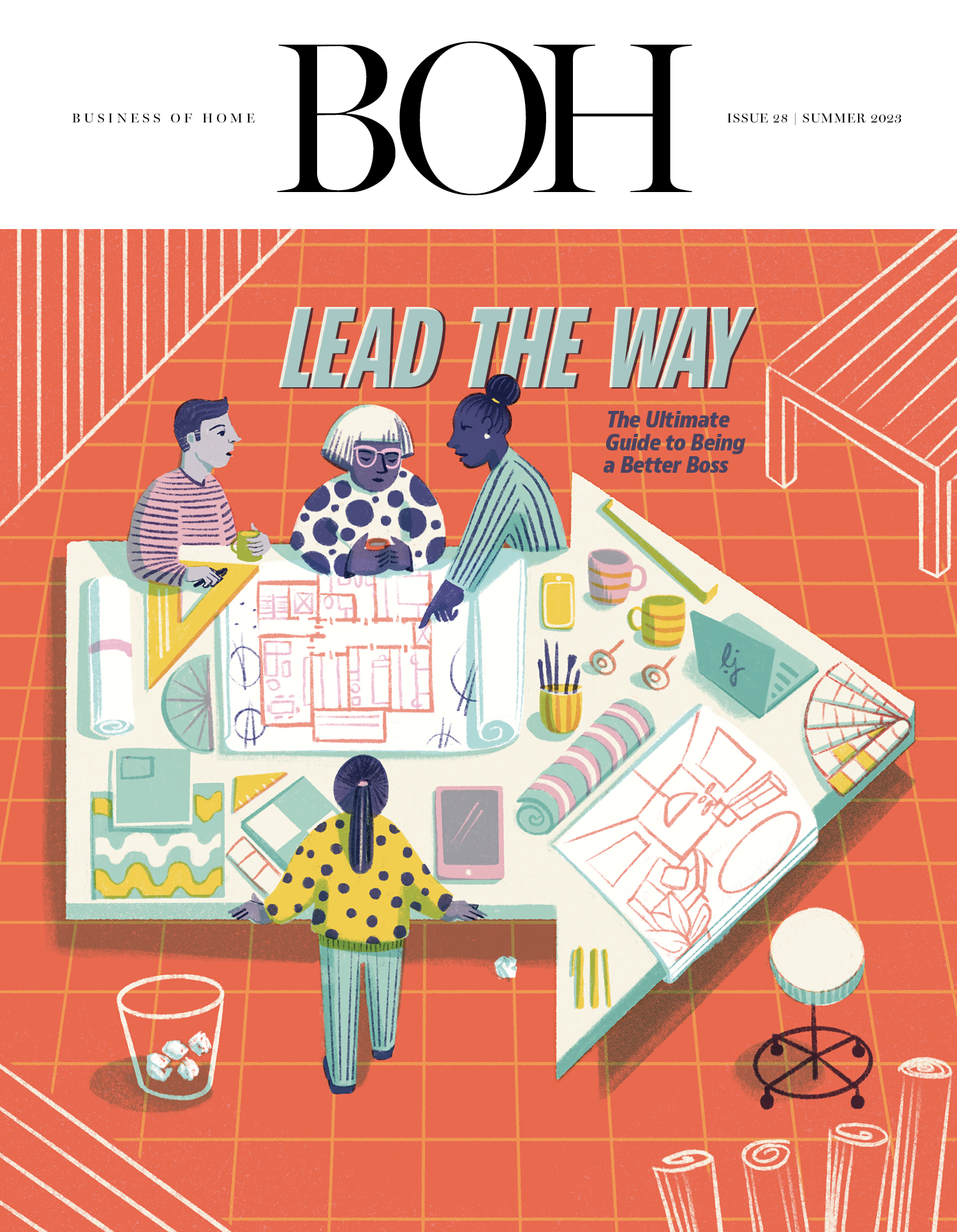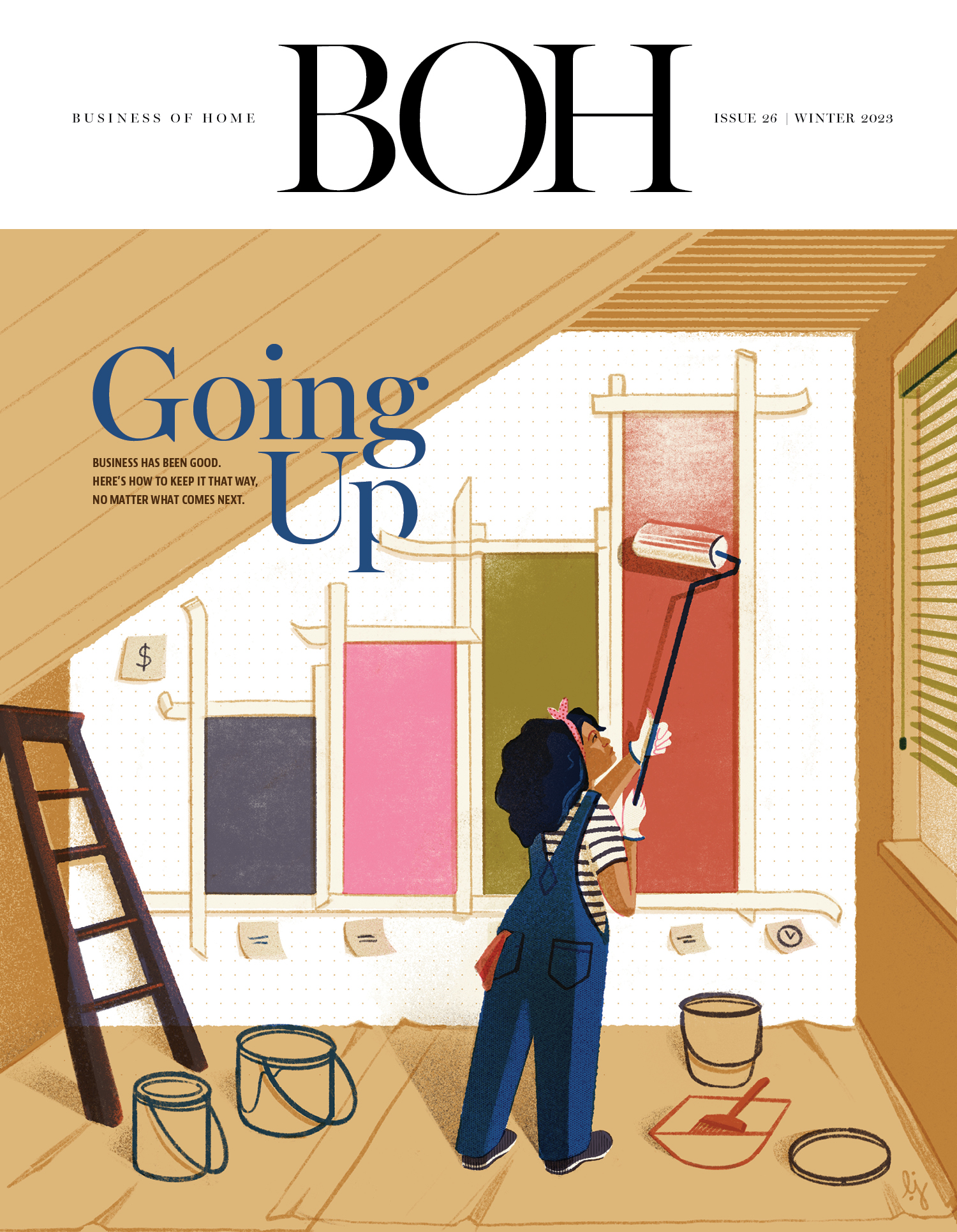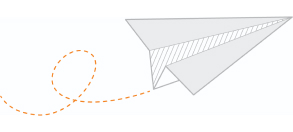Dear Sean,
I have been in business for more than two decades. These days, I have 10 employees and my business averages $2 million to $2.5 million in gross revenue—but I’m finding that it’s just enough to pay the bills. Time and again, we walk away with no profit.
What am I doing wrong that’s keeping me from profitability, and how do I get back on track?
Falling Short
Dear Falling Short,
While any business advisor might be able to help with profitability, it really has to be about storytelling first. Everything should flow from one central set of questions: Who do you seek to serve and why? If that is not where you started, you can have the most amazing business model that is completely wrong for your business. There is no one-size-fits-all for the design industry.
That said, there are key metrics to use given the market you are in. That’s why I am going to use this column to talk about margins, pricing and overall value (delivered and paid for) with respect to your design business. From there, you can ask yourself which parts you care most about and if you are getting properly paid for them.
Before any conversation about pricing and profitability, however, we must have a foundation for what the prices actually mean. Are you pricing for subjective (what is between your ears), specialized labor—as in, the work of a senior designer or producer—and/or for product? Even if you quote your client a single number, you have to understand where the money goes in order to judge whether or not you are earning what you should.
Think of the foundation as the basis for strategy, and then model tactics. Remember: Strategy is your DNA; tactics are how you manifest your DNA. Amateurs often confuse the two, playing with tactics in the hopes of adopting a new strategy. But professionals understand that while tactics can change at any time, strategy has to be thought through and only changed upon careful consideration for what you intend the direction of your design business to be.
Here’s another way to think about it: Professionals are storytellers with their design businesses, while amateurs are reactionaries. You can do the work of really understanding how to have your business tell a story or you can rely on the power of your art (and personality) alone—it’s up to you to choose who you wish to be. Here is the biggest point: If clients cannot understand the value underlying your price (because you do not), they will absolutely undervalue it and you will struggle to get what you need to do the work you do.
As it relates to a project, design businesses generate revenue in only three ways: by selling ideas, time and/or product. Some design businesses have only one of these streams (rare); others a combination. Most feature some combination of all three.
Ideas: The value of the idea is what you say it is and is wholly irrational in the sense of calculation. The only rational part of it is in relation to the rest of what you do. If you are all about selling product, the cost of the idea will be small relative to what your client pays for the product (clients know you make most of your money from the sale of products and/or services—hello, hourly plus markup). The opposite is true if originality and the power of the idea is what matters. Ideas are the most profitable part of a design business. Cost of presentation is very small relative to the potential value of an idea. My rule of thumb is that ideas should be priced at a roughly 80 percent margin—yes, you should keep 80 cents of every dollar you charge for ideas.
Time: Most design businesses are way off when it comes to valuing time. Time is the next most valuable revenue stream of any design business beyond design. (Even if you are only hourly, design hours should be at a premium.) A good rule of thumb is that it should be priced at a 65 percent margin. If you associate 250 hours of labor to a project that costs you $30 per hour, you need to charge $80 per hour. For this labor analysis, design businesses look like traditional service businesses that charge by the hour. Think of a law firm: If a junior associate is paid $100,000, their time is billed out at $200 per hour, with the expectation that they will bill 2,000 hours per year. In that model, they will generate $400,000 for the firm, a margin of 75 percent.
Product: This is the easiest element for a design business to price. Product is based on an idea of margin. What does the thing cost to make and/or acquire and what do you have to sell it for to achieve a desired return for your design business? Margins are retail margins, so you need to approach 50 percent (even with a “designer discount”). Risk of delivery is real, and you need to be paid for it. And no, getting a 35 percent commission is not a “mark up” on the cost of goods—it is an agency fee. Design firms do not sell assets, retail firms do. This is a huge distinction.
The single-biggest mistake I see design businesses making when it comes to pricing analysis is commingling these streams. When you just look at the whole, you cannot value each piece and see what needs to be fixed. Inevitably, most interior design business owners wind up chasing revenue above all else, without fixing pricing and cash flow errors. Arriving at the right pricing solution means appreciating what needs to be achieved in each area: design, time and product, valuing risk associated with each stream and then assessing its relative importance to your design business. Timing of cash flow is then included as a function of risk and necessary margin, not a fait accompli. That means you get your money when you earn it as best you can.
With all of the above, you are now in a position to evaluate your design business financially. Assign your target revenue and assess the number of projects to get ideal revenue per project. Then break the revenue into categories: idea, time and product. Use target margins for each to see how it should all pan out. For you, it might mean figuring out that your firm needs to have 10 projects generating $250,000 to get a revenue of $2.5 million—which, all things being equal, is broken into revenue of $75,000, time of $125,000 and product of $50,000. That would imply that you should make $60,000 from design, $81,250 from time and $25,000 from product sales. In other words, the firm’s gross profit would be $166,250, or 66 percent. Applying 25 percent for overhead would mean a profit of about 40 percent, right where you should be.
If you are not close in any of these areas but want to be, now is the time to figure out what you need to do to get there. Margin analysis matters if you want to stand on the ground you choose instead of where someone else tells you to. I hope you choose to do the work.
____________
Sean Low is the go-to business coach for interior designers. His clients have included Nate Berkus, Sawyer Berson, Vicente Wolf, Barry Dixon, Kevin Isbell and McGrath II. Low earned his law degree from the University of Pennsylvania, and as founder-president of The Business of Being Creative, he has long consulted for design businesses. In his Business Advice column for BOH, he answers designers’ most pressing questions. Have a dilemma? Send us an email—and don’t worry, we can keep your details anonymous.




